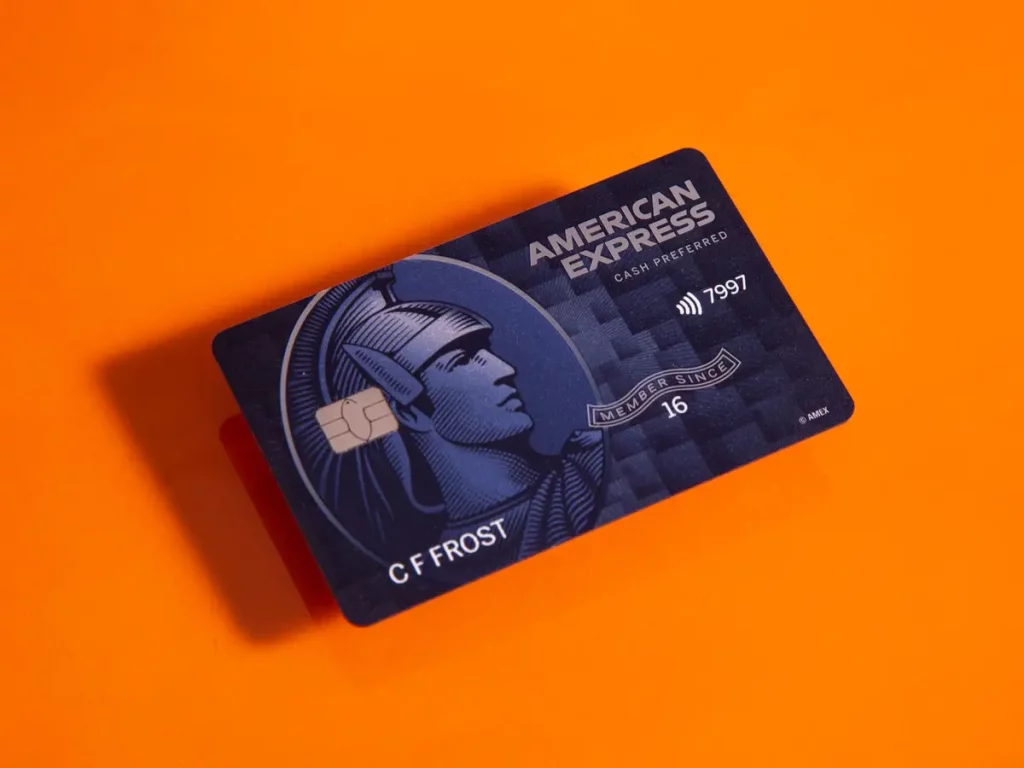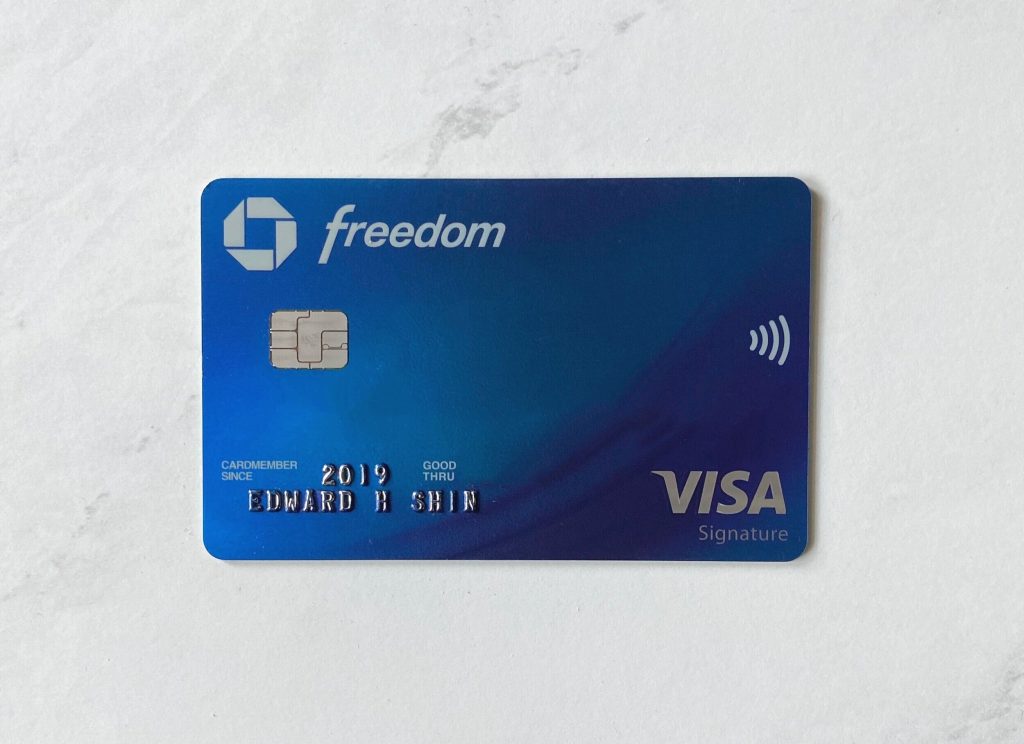
Best Cashback Credit Cards for Grocery Shopping 2025
As a mom who’s obsessed with maximizing every grocery dollar, I’ve tested dozens of cashback credit cards over the past four years. The right grocery credit card can literally put hundreds of extra dollars back in your family’s budget each year—money that can go toward your kids’ activities, family vacations, or emergency savings.
After analyzing the latest 2025 offerings and calculating real-world returns for different family spending patterns, here are the absolute best cashback credit cards for grocery shopping that will transform your weekly shopping trips into money-making opportunities.
Quick Pick: Best Cards by Family Type
For Heavy Grocery Spenders (Over $500/month): Blue Cash Preferred® Card from American Express For No-Fee Families: Blue Cash Everyday® Card from American Express
For Travel Lovers: American Express® Gold Card For Simple Cashback: Chase Freedom Unlimited® For Rotating Categories: Chase Freedom Flex®
Top 7 Best Grocery Cashback Credit Cards
1. Blue Cash Preferred® Card from American Express ⭐ EDITOR’S CHOICE
Why It’s Perfect for Families: This card offers the highest cash-back rate at U.S. supermarkets at 6% (on up to $6,000 per year in purchases), which equals up to $360 each year just on eligible supermarket purchases.
Key Benefits:
- 6% cashback on U.S. supermarkets (up to $6,000 yearly)
- 6% cashback on select U.S. streaming subscriptions
- 3% cashback on transit and gas stations
- 1% cashback on everything else
Real Family Math:
- Family spending $400/month on groceries = $4,800/year
- Annual cashback: $288 (6% × $4,800)
- Minus $95 annual fee = $193 net profit
Who Should Get This Card:
- Families spending $200+ monthly on groceries
- Those comfortable with a $95 annual fee
- Families who shop primarily at traditional supermarkets
Who Should Skip:
- Light grocery spenders (under $150/month)
- Those who shop mainly at Walmart/Target (not considered supermarkets)

2. Blue Cash Everyday® Card from American Express
Why It’s Great for Budget-Conscious Families: All the benefits of its premium sibling without the annual fee.
Key Benefits:
- 3% cashback on U.S. supermarkets (up to $6,000 yearly)
- 2% cashback on gas stations and department stores
- 1% cashback on everything else
- No annual fee ever
Real Family Math:
- Family spending $400/month on groceries = $4,800/year
- Annual cashback: $144 (3% × $4,800)
- No annual fee = $144 pure profit
Perfect For:
- First-time credit card users
- Families wanting no-fee cashback
- Those unsure about committing to annual fees
3. American Express® Gold Card
Why Travel-Loving Families Choose This: The American Express® Gold Card earns strong rewards on your food dollars, whether you prefer to dine out, eat in or both.
Key Benefits:
- 4X points on U.S. supermarkets (up to $25,000 yearly)
- 4X points on restaurants worldwide
- 3X points on flights
- 1X points on everything else
Value Calculation:
- Points typically worth 1.5-2¢ each when used for travel
- Effective grocery rate: 6-8% when used strategically
- $250 annual fee offset by statement credits
Best For:
- Families who travel regularly
- Those who dine out frequently
- Point maximizers who plan travel redemptions
4. Chase Freedom Unlimited®
Why It’s the Simple Choice: Perfect for families who want straightforward cashback without category management.
Key Benefits:
- 1.5% cashback on all purchases
- 5% cashback on grocery stores (first year, up to $12,000)
- 3% cashback on drugstores and dining
- No annual fee
Real Family Math:
- First year grocery bonus: Up to $600 cashback
- Ongoing: 1.5% on everything
- Great for families who shop everywhere
Perfect For:
- Families who hate tracking categories
- Those wanting one card for everything
- First-year grocery bonus seekers
5. Chase Freedom Flex®
Why Category Maximizers Love It: Rotating 5% categories keep rewards interesting and potentially very profitable.
Key Benefits:
- 5% cashback on rotating quarterly categories (up to $1,500 each quarter)
- 5% cashback on grocery stores (first year, up to $12,000)
- 3% cashback on drugstores and dining
- 1% cashback on everything else
Strategy Required:
- Must activate quarterly categories
- Categories change every 3 months
- Maximum $75 cashback per quarter in 5% categories
Best For:
- Organized families who track categories
- Those who maximize quarterly spending
- Families wanting variety in rewards
6. Capital One Savor Cash Rewards Credit Card
Why Dining Families Choose This: Great for cash back on dining with no annual fee.
Key Benefits:
- 3% cashback on dining and entertainment
- 2% cashback on grocery stores
- 1% cashback on everything else
- No annual fee
Family Appeal:
- Lower grocery rate but no fee
- Great for families who eat out regularly
- Simple, straightforward rewards
7. Bank of America® Customized Cash Rewards Credit Card
Why It’s Underrated: Customizable categories let you optimize for your family’s specific spending.
Key Benefits:
- 3% cashback on your choice of category (groceries, gas, online shopping, etc.)
- 2% cashback at grocery stores and wholesale clubs
- 1% cashback on everything else
- No annual fee
Unique Feature:
- Choose your 3% category based on your family’s highest spending
- Can change category monthly
- Great backup option
How to Choose the Right Card for Your Family
Calculate Your Grocery Spending First
Step 1: Add up 3 months of grocery receipts Step 2: Multiply by 4 for annual estimate Step 3: Use this number to calculate potential rewards
Family Spending Scenarios:
Light Spenders ($150-250/month):
- Best Choice: Blue Cash Everyday (no fee)
- Annual Rewards: $54-90
- Avoid: Cards with annual fees
Medium Spenders ($250-400/month):
- Best Choice: Blue Cash Preferred
- Annual Rewards: $180-288 (minus $95 fee)
- Net Profit: $85-193
Heavy Spenders ($400+/month):
- Best Choice: Blue Cash Preferred (maxes out at $500/month)
- Consider: Second card for overflow spending
- Annual Rewards: $360 (minus $95 fee) = $265 net
Advanced Strategies for Maximum Returns
The Two-Card System
Many savvy families use two cards:
- Primary Card: Blue Cash Preferred for first $6,000 grocery spending
- Secondary Card: Blue Cash Everyday for additional grocery spending
Seasonal Category Cards
Cards like Chase Freedom Flex offer 5% grocery categories certain quarters:
- Use during grocery quarter for maximum returns
- Switch back to primary card other quarters
Store-Specific Considerations
What Counts as “Supermarket”: ✅ Kroger, Safeway, Whole Foods, local grocery chains ✅ Most neighborhood grocery stores ❌ Walmart, Target, warehouse clubs ❌ Dollar stores, convenience stores
Warehouse Club Strategy:
- Some cards (like Citi Costco) offer warehouse club bonuses
- Consider separate card for Costco/Sam’s Club spending
Application Strategy Tips
Check Your Credit Score First
- Excellent credit (740+): Apply for premium cards
- Good credit (670-739): Focus on no-fee options
- Building credit: Start with basic cashback cards
Timing Your Applications
- Apply for one card at a time
- Wait 3-6 months between applications
- Apply before major purchase periods (holidays)
Meeting Sign-Up Bonuses
Many cards offer $150-300 bonuses for spending $1,000-3,000 in first 3 months:
- Time applications before high-spending periods
- Include family essentials, not just groceries
- Never overspend just to meet bonuses

Common Mistakes to Avoid
Don’t Carry a Balance
Credit card interest (18-24% APR) wipes out any cashback rewards. Always pay in full monthly.
Don’t Ignore Category Caps
Blue Cash Preferred stops earning 6% after $6,000 annual grocery spending. Plan accordingly.
Don’t Forget About Store Cards
Sometimes store credit cards offer better deals:
- Target RedCard: 5% off everything
- Amazon Prime Visa: 5% on Amazon purchases
- Compare before choosing general cashback cards
Don’t Apply for Cards You Won’t Use
Unused cards can hurt your credit score over time. Only apply for cards that fit your spending patterns.
Maximizing Your Grocery Card Strategy
Combine with Store Programs
- Use cashback cards WITH store loyalty programs
- Stack manufacturer and store coupons
- Maximize double-dipping opportunities
Track Your Categories
Use apps like:
- Mint for spending tracking
- Credit card apps for category monitoring
- Spreadsheets for manual tracking
Pay Attention to Promotions
Credit cards occasionally offer:
- Increased category bonuses
- Statement credit promotions
- Limited-time offers
Real Family Success Stories
The Johnson Family (4 people, $450/month groceries):
- Before: No rewards system
- After: Blue Cash Preferred + strategic shopping
- Annual Savings: $265 cashback + $200 coupon savings = $465 total
The Martinez Family (2 adults, $300/month groceries):
- Before: Debit card use
- After: Blue Cash Everyday + Chase Freedom Flex rotation
- Annual Savings: $180 cashback + category bonuses = $250+ total
When Grocery Cards Aren’t Worth It
Skip Grocery-Specific Cards If:
- You spend less than $100/month on groceries
- You shop primarily at Walmart/Target
- You can’t pay balances in full monthly
- You already have a great general cashback card earning 2%+
Better Alternatives:
- General 2% cashback cards (Citi Double Cash)
- Store-specific cards (Target RedCard)
- Simple 1.5% cards with no category management
Bottom Line Recommendations
For Most Families: Start with Blue Cash Everyday (no fee) to test rewards credit cards, then upgrade to Blue Cash Preferred once comfortable.
For Heavy Spenders: Blue Cash Preferred pays for itself with $200+ monthly grocery spending.
For Simple Life: Chase Freedom Unlimited offers solid returns without category management.
For Travel Families: American Express Gold turns grocery spending into travel rewards.
The best grocery cashback credit card is the one you’ll actually use responsibly. Choose based on your family’s spending patterns, not the highest advertised rates.
Remember: Credit cards are tools to optimize spending you’re already doing. Never spend more just to earn rewards—that defeats the entire purpose of saving money on groceries.
Start with one card, master the system, then consider adding strategic second cards once you’re comfortable with credit management.
Want more money-saving strategies? Check out our complete guide to extreme couponing for beginners to stack these credit card rewards with coupon savings for maximum grocery budget optimization.


